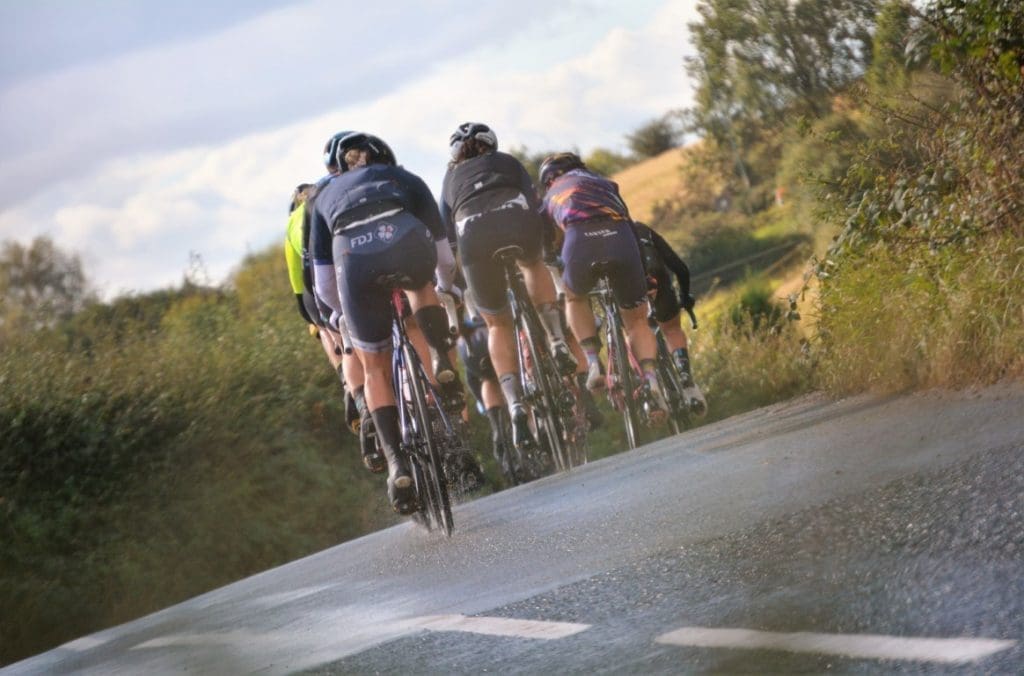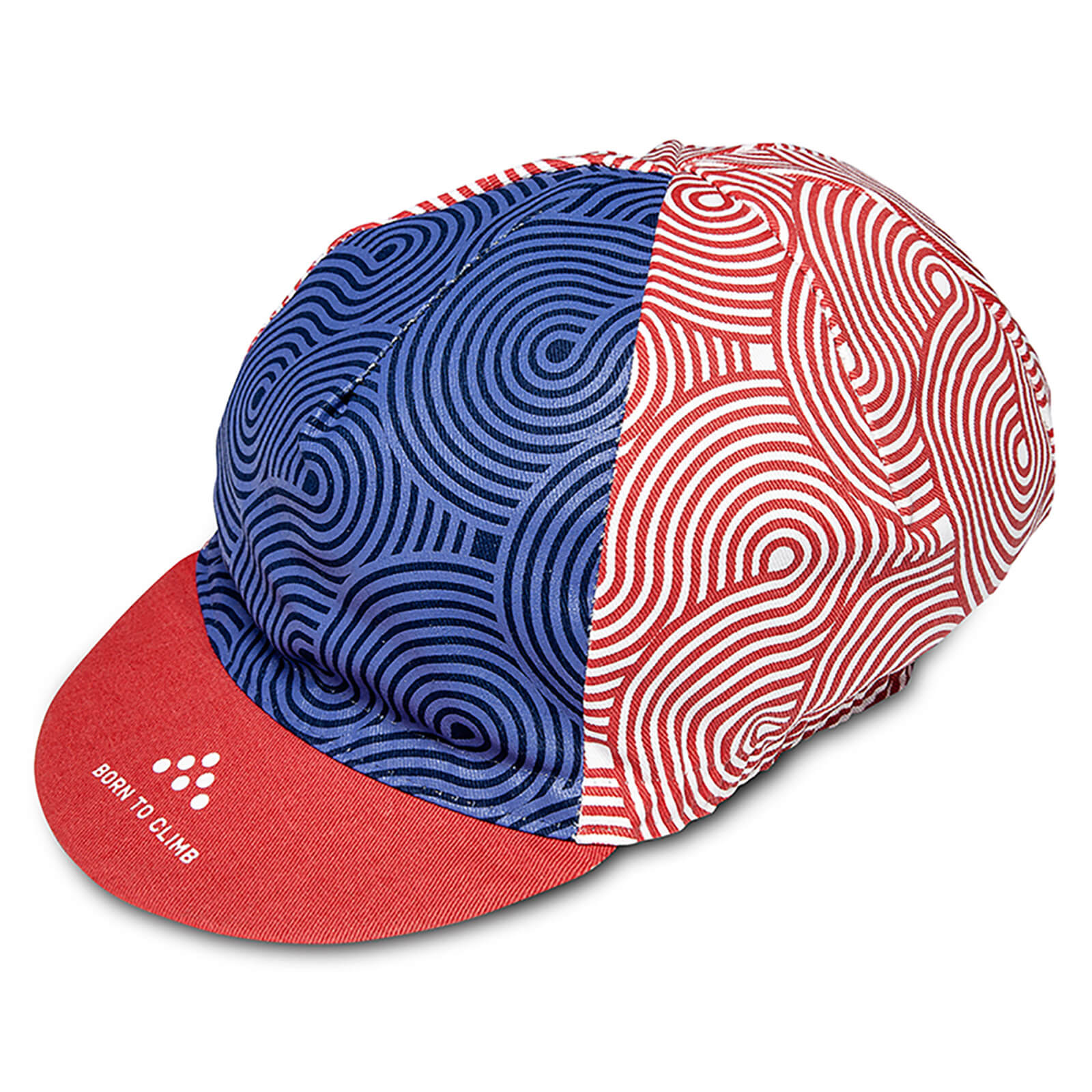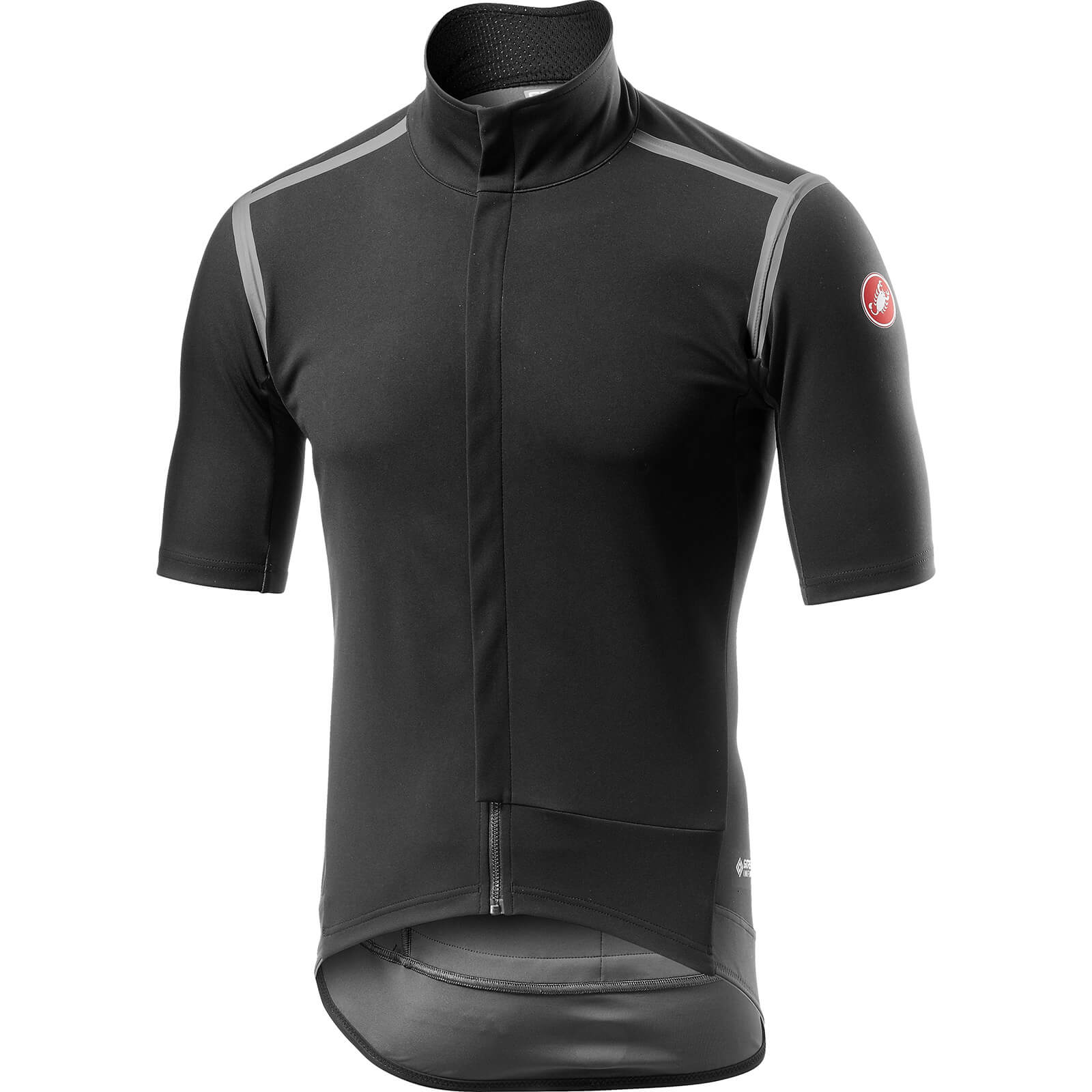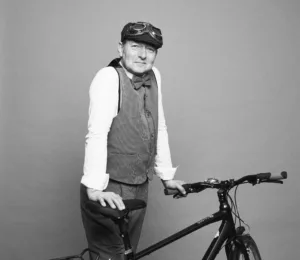There has been an absolute tonne of wet weather recently, which means lots of wet weather riding if you don’t want to use the turbo trainer all of the time. The local river has burst its banks in a few places and is generally much much higher than it was a couple of months ago. Luckily there are a few ways to keep riding, even when the weather isn’t the best.
Table of Contents
ToggleTips for Wet Weather Riding
Wear the right kit
Riding whilst wet and cold is a miserable time. Luckily there’s a host of options out there these days that can make riding in wet weather not as hellish. The Castelli Gabba is very well thought of when conditions are bad and is now on its 4th edition. I like to make sure that my feet are kept dry and find that only Velotoze guarantee that. The latex overshoes ensure that nothing gets into my cycling shoes and the insulation because of that keeps my feet nice and toasty too. Layers are important in the cold and wet and a solid merino base layer is a great piece of kit to own. The merino will feel nice and soft against your skin whilst also preventing some of those wet, soggy clothes smells.
Prepare for punctures and slips
Tyres can get a solid beating up in the rain. The rainwater allows little shards and flints to rise to the surface. This then means they all nick away at the rubber on your wheels. It’s a bit of accepted old wisdom that punctures are more likely to happen to you on wet roads. Punctures are always a delight to mend but make sure you’re fully prepared. Either with a fair amount of CO2 cartridges or a decent pump. I like the Lezyne mini track pump – and pack plenty of spare tubes!
Front and rear lights
Rain hampers visibility, especially for those driving around you. You probably won’t need the lights to actually see the road ahead of you (unless things get really bad!). Probably, just having some decent flashing lights will do. A rear one, in particular, will give drivers a better chance of seeing you. A front one is also useful though to try and stop drivers from pulling out on you at junctions. During Winter it’s not a bad idea to always have a set of lights on the bike. If you don’t like having a front light on your bars when you don’t need it, they can fit on a seat post. That keeps it on-board but out of the way until you need it.
Cycling caps are actually useful!
Despite becoming the go-to for urban hipsters, the humble cotton cycling cap is a great piece of kit in the rain. The peak helps divert rain away from your face. Particularly rain dripping off the front of your helmet. You can also get heavy duty versions for the cold winter days. They’ll also cover your ears, keeping another part of you nice and warm in bad conditions.
Mudguards are super important
No matter what kit you put on or what bike you use, you will need some mudguards to ride in the rain. If you’re riding with other people, it’s a basic etiquette thing. No-one likes having mud and everything else thrown into their face and eyes – don’t be the person doing that! More importantly, even on your own, they do a great job in keeping you dry. You can have the best kit in the world but they can’t protect you infinitely from spray. You can get clip-on full-length mudguards that will fit almost any bike. I’ve managed to get some to fit my bike with dropped seatstays with a little bit of persuasion. Having a front mudguard will do wonders in keeping your feet and legs dry whilst wet weather riding.













